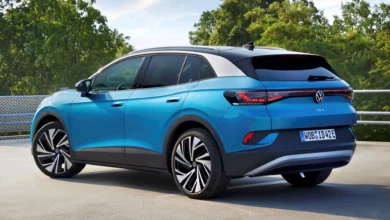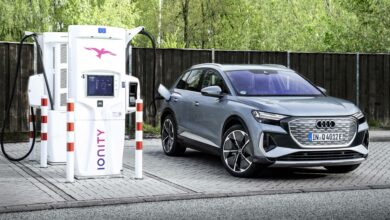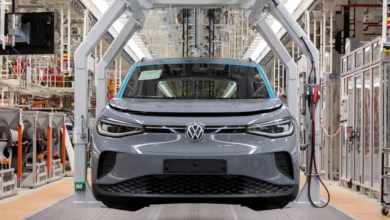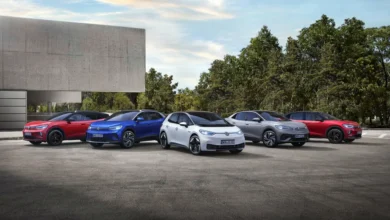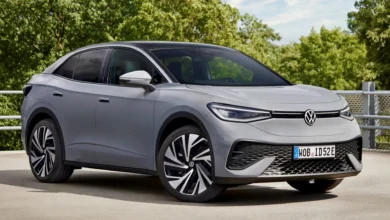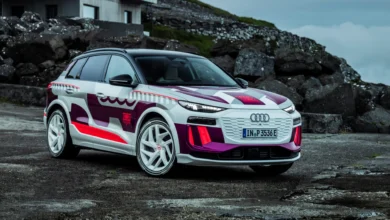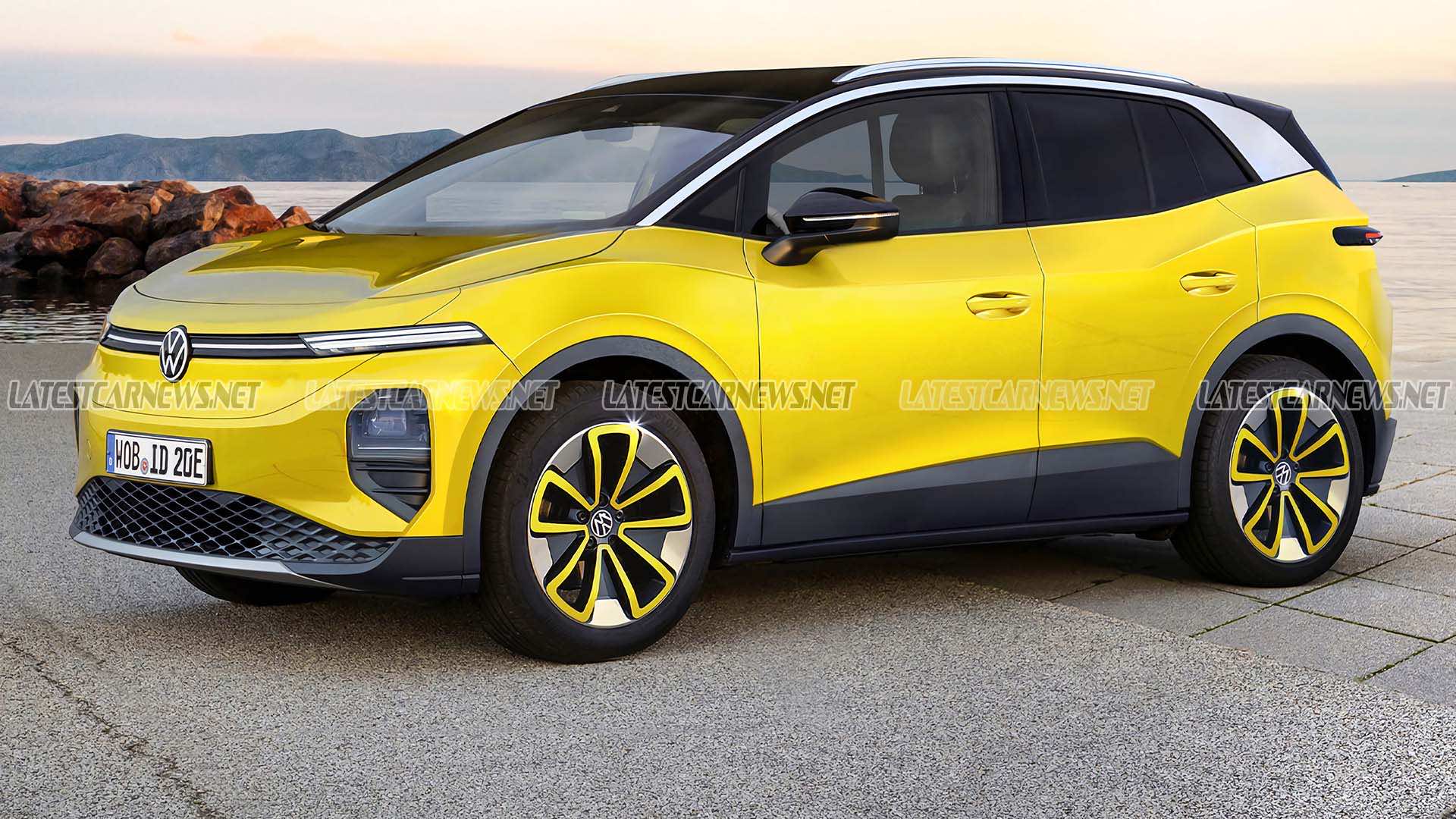
VW is developing the two entry-level models, the ID.1 and ID.2 on a shortened version of the MEB platform, to put them on sale in 2023 and 2024 for less than 20,000 euros.
In 2023, VW will replace the e-up !, its A-segment urban electric car, with the ID.1. which will be roughly the same size and will become the smallest in its electric family. A year later, in 2024, the ID.2 will arrive, a vehicle that would fit in the dimensions of the B segment, located between the ID1 and the ID.3, and that would compete with already veteran models such as the Renault Zoe or the newcomers. to the market: the Opel Corsa-e or the Peugeot e-208.
VW ID.2 Price
A few months ago, Volkswagen’s chief strategist, Michael Jost, stated that the smallest of Volkswagen’s electric cars, designed on an MEB platform adapted to its size, “should cost less than 20,000 euros.” Subsequently, it was Herbert Diess himself, CEO of the VAG Group, who referred to this project, raising the economic challenges of bringing an electric vehicle of this size to market. The impact of the price of the battery in its final cost of production is very large, which makes it “really difficult to achieve a reasonable range for a car of fewer than 20,000 euros.” “There is still a long way to go,” he added.
However, now it seems that things have changed in the temporary strategy of the brand. The information comes from the British magazine The Car Magazine, which has not only dared to name the new VW model but has also published some technical data about it. VW will offer this model with two battery variants, a business strategy that seems to be common to all models of the brand. It can be chosen with 24 or 36 kWh of battery capacity. In the case of the latter, the available autonomy would be approximately 300 kilometers. The autonomy of the version with the smallest battery is unknown, which is the one that must meet the condition of a price below 20,000 euros.
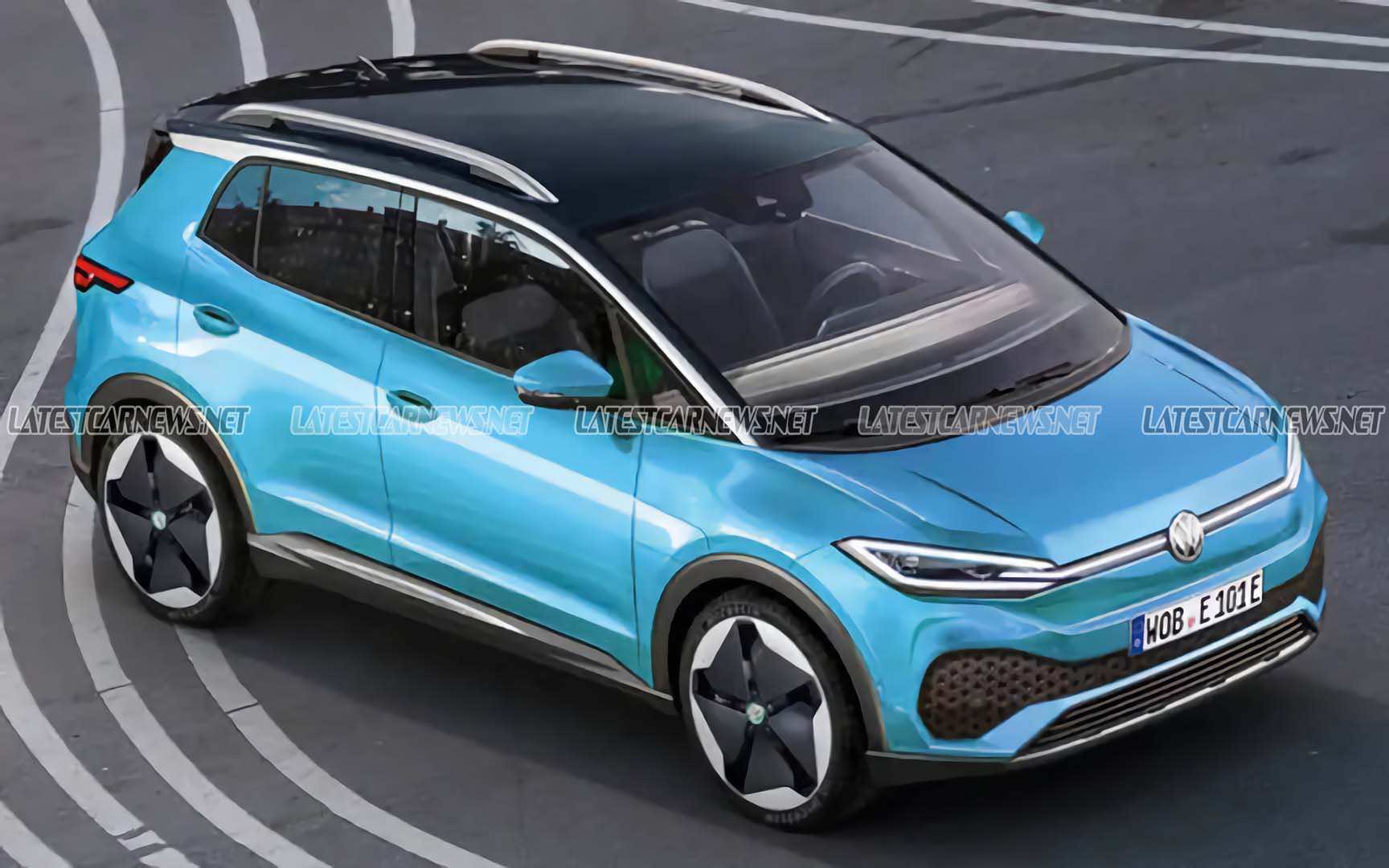
In terms of its dimensions, these will not differ much from those of the e-up! current. The reduced version of the MEB platform will allow lengthening the wheelbase, creating space for the battery. It will increase the size of the cabin, minimizing the front and rear overhangs, which will facilitate maneuverability in urban areas. Its “box-shaped” design will maximize the interior space by offering a high degree of comfort to its four occupants, although the homologation will allow it to transport up to five people.
Volkswagen may even already be thinking of expanding the options with some variants, such as a rugged version that could be called the ID.1 Crozz or an ID.1 Roomzz commercial van-style derivative. These possibilities are more speculations of the British magazine than intentions of the brand since all of them should be supported by the economic profitability of the original model.
The compact segment of the B segment, which grows in size and equipment, has also become a battlefield for many manufacturers. The veteran Renault Zoe, king of the category, faces the offensive of the PSA Group this year with the Opel Corsa-e and the Peugeot e-208. In a somewhat more premium category are the veteran BMW i3 and the newcomers Mini Cooper SE and Honda e. The future ID.2 will arrive in that arena in 2024, perhaps too late. According to Autocar magazine, it would adopt a high line, with a tendency to the SUV format.
After ID.6, ID.1, and ID.2 will be part of an avalanche of 27 models planned for 2025 based on the MEB platform and distributed among all the group’s brands and 75 in 2029 on all platforms, which include other electrification technologies in 2029.
The size of the car, the battery, and the price
The current sale price in Spain of the Volkswagen e-up! It is 22,585 euros without counting the possible aid of the Moves Plan, which as of today is not activated. Like its two twin brothers, the electric Seat Mii and the Skoda Citigo iV, it is based on a platform developed for combustion vehicles which makes it more expensive to manufacture than that of the future ID.1. With 36.8 kWh of battery, the three models have an approved range of 250 kilometers in the WLTP cycle.
Given this scenario, why would Volkswagen still take three years to build an electric car on the MEB platform, with similar scope, and for less than 20,000 euros? Ralf Brandstätter, the brand’s director of operations, responds: “In the future, it will not make sense to put as many battery cells in an electric car as the e-Up! which has been a stepping stone project.” The strategy is to reduce the cost of production and therefore the cost of sale by eliminating superfluous elements from the MEB platform that help to achieve this objective.
